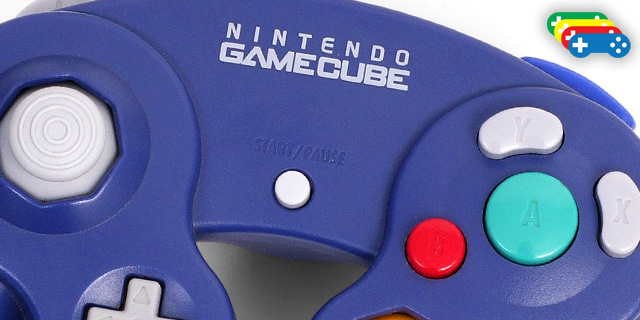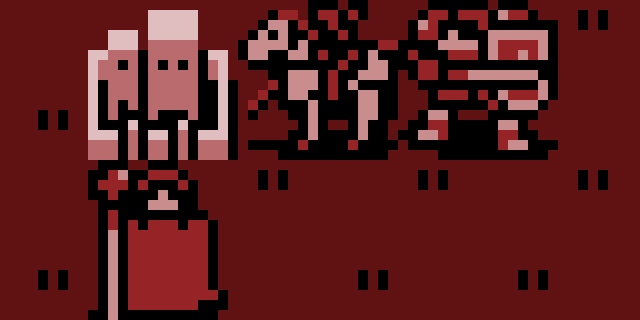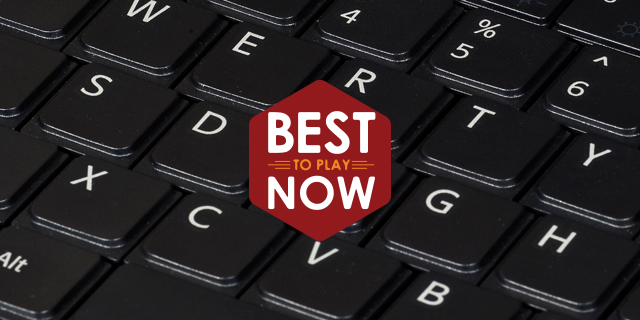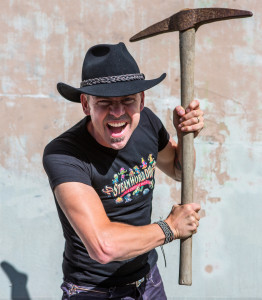
The GameCube was, despite its smaller market position, a great system for multiplayer games, largely due to its Nintendo legacy and its four-player default support. Part of the Last Great Offline Generation, it’ll likely be the local multiplayer resting place for many genres that switched gears to online-focused development. Mostly, though, this was a Nintendo with its back to the wall, forced to innovate to stay afloat. The company’s very good at that when it needs to be. READ MORE

In From Pixels to Polygons, we examine classic game franchises that have survived the long transition from the 8- or 16-bit era to the current console generation. This time, Graham Russell and Andrew Passafiume look at Intelligent Systems’ strategy-RPG series, Fire Emblem.
The evolution of the Fire Emblem series has largely been from capability to intention. On the surface, the formula hasn’t changed much; you’re still moving units around top-down square grids and pitting them in menu-based combat. Once you dig below the surface, though, you’ll see that the series has become increasingly defined by how and when it chooses not to progress. READ MORE

Everyone does Top 10 Games lists. The problem with those? Usually, they’re full of games that earn a place because of nostalgia or industry significance. Here at Snackbar Games, we like being a little more practical: if you’re looking to just have fun, what games should you pick up and play today? This time, we remember the days before Steam with a look at pre-2004 PC titles.
System Shock 2
Can a game made 15 years ago still be scary? Yes, very much so. System Shock 2 is still just as terrifying and sinister as it was when it first released back in 1999. Best of all, the gameplay holds up surprisingly well, providing you with a tense shooter that may surprise in more ways than you might expect. If you’re curious about the predecessor to BioShock or just want to check out an exciting shooter from a team that made them best, you won’t be disappointed. – Andrew Passafiume
READ MORE
 What does an indie team do after its first big hit? We talked to Brjánn Sigurgeirsson, CEO of SteamWorld Dig developer Image & Form, about its new project: SteamWorld Heist, a turn-based strategy game set in the world of the breakout mining title. In the game, you’ll assemble a team of robots and take them into spaceship shootouts in a fight for resources and survival.
What does an indie team do after its first big hit? We talked to Brjánn Sigurgeirsson, CEO of SteamWorld Dig developer Image & Form, about its new project: SteamWorld Heist, a turn-based strategy game set in the world of the breakout mining title. In the game, you’ll assemble a team of robots and take them into spaceship shootouts in a fight for resources and survival.
Snackbar Games: What is it like making a game after making a successful one?
Brjánn Sigurgeirsson: It’s hard. It’s not automatically easy. When we were done with the development of SteamWorld Dig, that was June, like exactly two years ago. It came out in August on the 3DS first. And we didn’t know. I mean, we’d been so engrossed in making the game, so we didn’t know if it was flawed, or decent, or good, or bad, or great? But we knew that we were very tired at that point. So it’s like “okay, everybody, let’s go for vacation,” so everyone went for vacation in July, and we’ll just pick it up in August and see what we do. So the first few days, we were talking about what kind of PR and marketing we were going to make for Dig. It’s coming out in seven days, and we didn’t have a plan for it. READ MORE
Are you ready to Smash? No, not that Smash. Graham and Jeremy face off in Japan-only SNES title Sanrio World Smash Ball, a competitive game reminiscent of Windjammers and Bang Bead featuring characters from the Hello Kitty universe. Who will triumph? Watch and find out!
New episodes of Gaijin Guide are posted every other Wednesday.






 What does an indie team do after its first big hit? We talked to Brjánn Sigurgeirsson, CEO of SteamWorld Dig developer Image & Form, about its new project: SteamWorld Heist, a turn-based strategy game set in the world of the breakout mining title. In the game, you’ll assemble a team of robots and take them into spaceship shootouts in a fight for resources and survival.
What does an indie team do after its first big hit? We talked to Brjánn Sigurgeirsson, CEO of SteamWorld Dig developer Image & Form, about its new project: SteamWorld Heist, a turn-based strategy game set in the world of the breakout mining title. In the game, you’ll assemble a team of robots and take them into spaceship shootouts in a fight for resources and survival.















